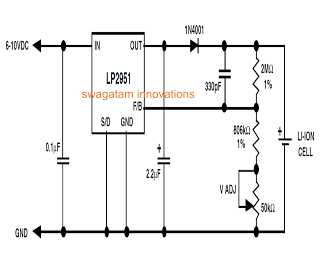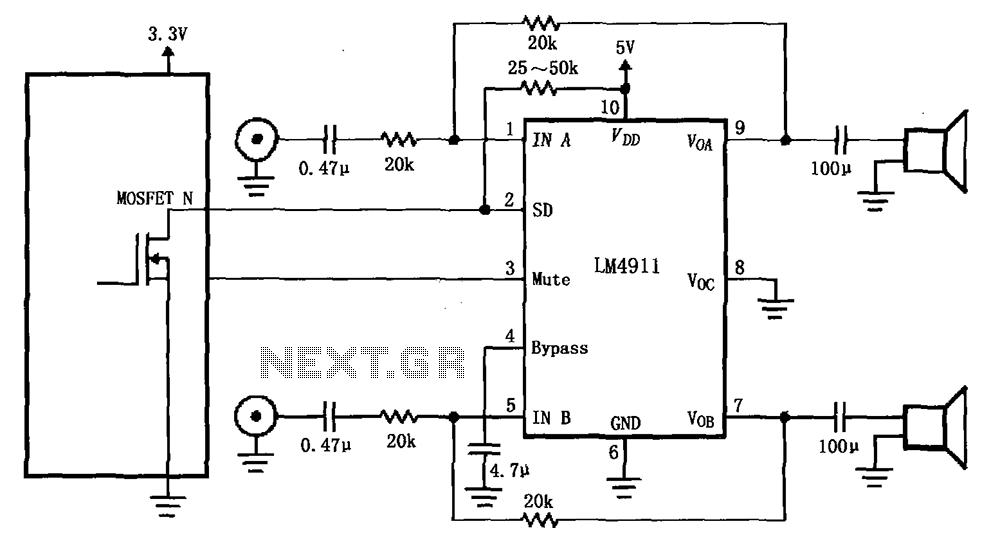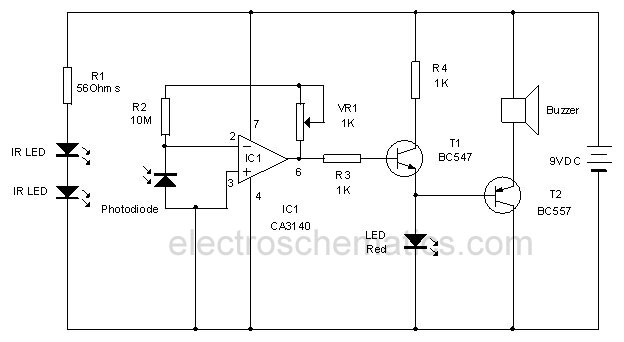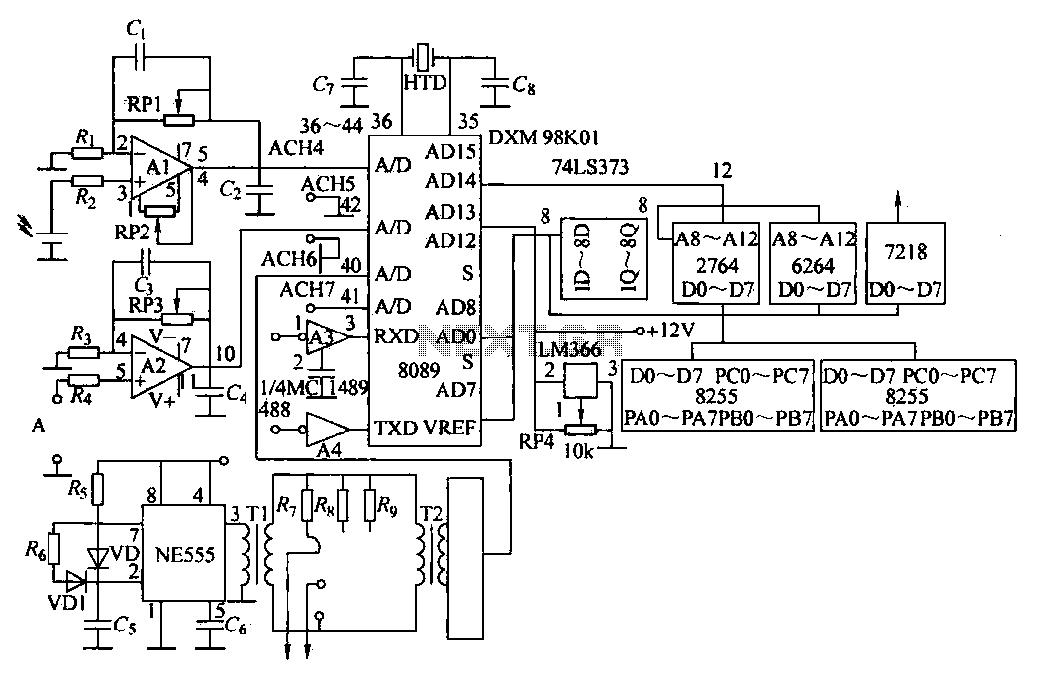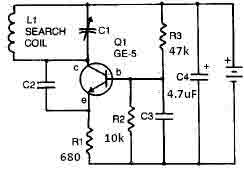
Radio Commercial Zapper Circuit
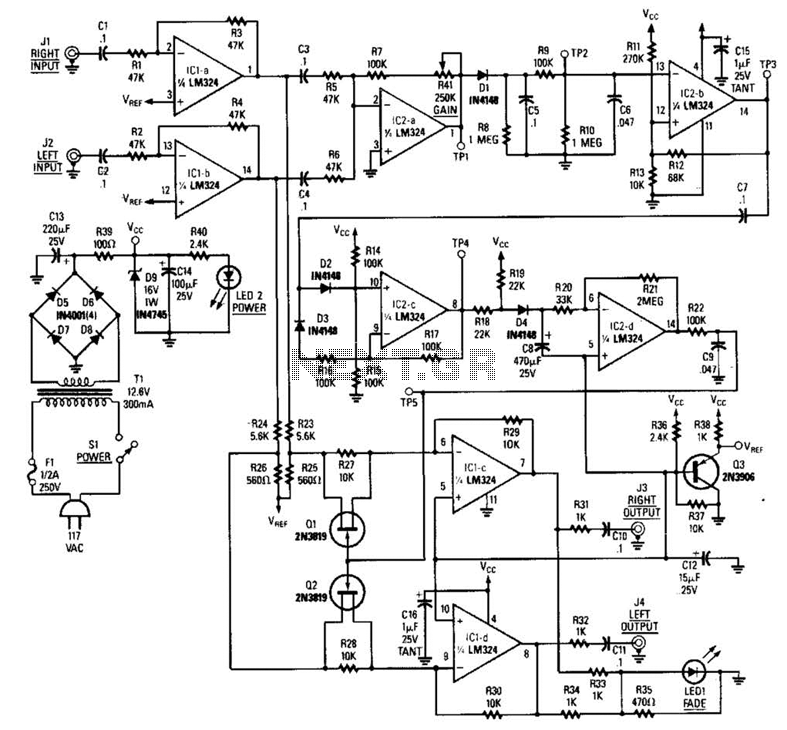
The LR inputs are summed, processed, and then drive a comparator. This comparator detects levels and generates transitions when audio inputs exceed or fall below predetermined thresholds. The frequency of these transitions, which correspond to rapid volume changes, is integrated and used to control voltage-controlled amplifiers. This device effectively senses dynamic range. The envelope of the signal is utilized to modulate the pulse rate from IC2-C. The pulses are integrated, and the resulting signal regulates the gains of a pair of voltage-controlled amplifiers (VCAs).
The circuit described implements a dynamic range sensing mechanism that operates by summing left (L) and right (R) audio inputs. The summed signal is then fed into a comparator, which continuously monitors the amplitude of the audio signal against set threshold levels. When the audio signal exceeds these thresholds, the comparator generates a transition signal, indicating a significant change in audio level.
The transition signals produced by the comparator are indicative of rapid fluctuations in audio volume. These transitions are then integrated to create a smooth control signal that reflects the average level of the audio dynamics over time. This integrated signal is crucial as it serves to modulate the gain of two voltage-controlled amplifiers (VCAs), allowing for dynamic adjustment in amplification based on the audio signal's envelope.
The envelope detection is a key feature of this circuit, as it ensures that the control signal derived from the audio input accurately represents the variations in signal amplitude. The pulse rate generated from the integrated signal at IC2-C is directly related to the audio envelope, allowing for precise control over the VCA gain settings. This method enables the circuit to adaptively respond to changes in audio levels, enhancing the overall dynamic range management of the audio system.
In summary, this circuit effectively combines summation, level detection, transition generation, integration, and gain control to create a responsive audio processing system that can dynamically adjust to varying audio levels, ensuring optimal performance and sound quality. The LR inputs are summed, dated and drive a comparator. The comparator senses level and generates a transition when audio inputs go above or below preset thresholds. The number of these transitions (corresponding to rapid volume changes) are integrated and feed voltage controlled amplifiers.
This device actually senses dynamic range. BLOCK DIAGRAM OF THE COMMERCIAL KILLER: The envelope of the signal is used to vary the pulse rate from IC2-C. The pulses are integrated; the resulting signal controls the gains of a pair of VCA`s. 🔗 External reference
The circuit described implements a dynamic range sensing mechanism that operates by summing left (L) and right (R) audio inputs. The summed signal is then fed into a comparator, which continuously monitors the amplitude of the audio signal against set threshold levels. When the audio signal exceeds these thresholds, the comparator generates a transition signal, indicating a significant change in audio level.
The transition signals produced by the comparator are indicative of rapid fluctuations in audio volume. These transitions are then integrated to create a smooth control signal that reflects the average level of the audio dynamics over time. This integrated signal is crucial as it serves to modulate the gain of two voltage-controlled amplifiers (VCAs), allowing for dynamic adjustment in amplification based on the audio signal's envelope.
The envelope detection is a key feature of this circuit, as it ensures that the control signal derived from the audio input accurately represents the variations in signal amplitude. The pulse rate generated from the integrated signal at IC2-C is directly related to the audio envelope, allowing for precise control over the VCA gain settings. This method enables the circuit to adaptively respond to changes in audio levels, enhancing the overall dynamic range management of the audio system.
In summary, this circuit effectively combines summation, level detection, transition generation, integration, and gain control to create a responsive audio processing system that can dynamically adjust to varying audio levels, ensuring optimal performance and sound quality. The LR inputs are summed, dated and drive a comparator. The comparator senses level and generates a transition when audio inputs go above or below preset thresholds. The number of these transitions (corresponding to rapid volume changes) are integrated and feed voltage controlled amplifiers.
This device actually senses dynamic range. BLOCK DIAGRAM OF THE COMMERCIAL KILLER: The envelope of the signal is used to vary the pulse rate from IC2-C. The pulses are integrated; the resulting signal controls the gains of a pair of VCA`s. 🔗 External reference
Warning: include(partials/cookie-banner.php): Failed to open stream: Permission denied in /var/www/html/nextgr/view-circuit.php on line 713
Warning: include(): Failed opening 'partials/cookie-banner.php' for inclusion (include_path='.:/usr/share/php') in /var/www/html/nextgr/view-circuit.php on line 713

